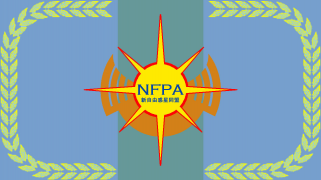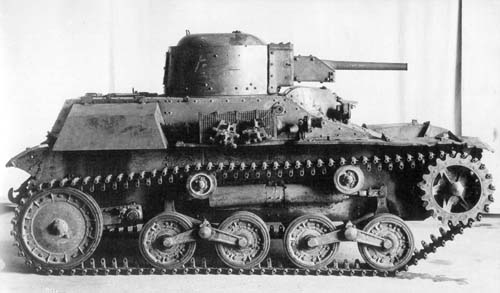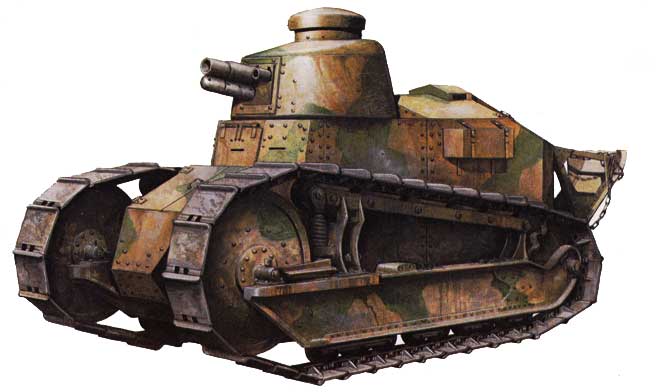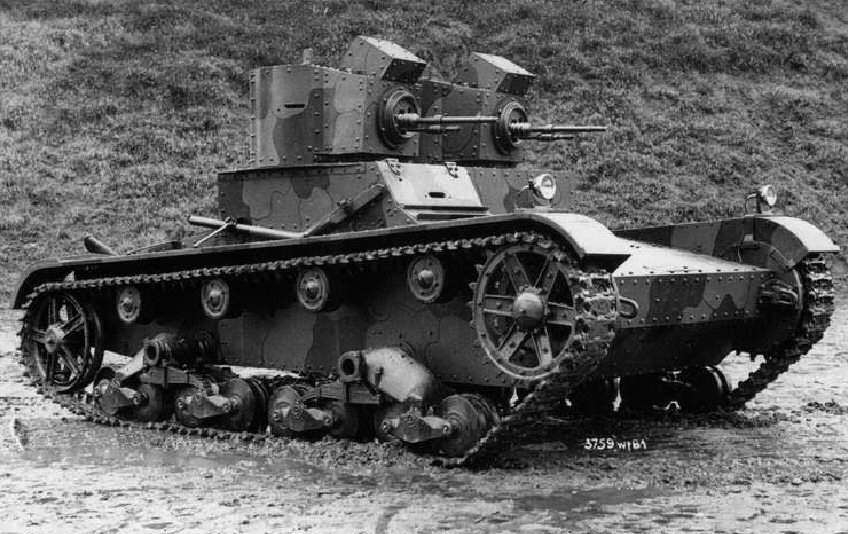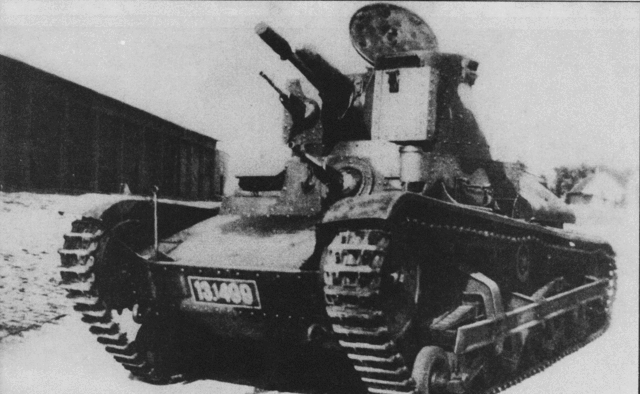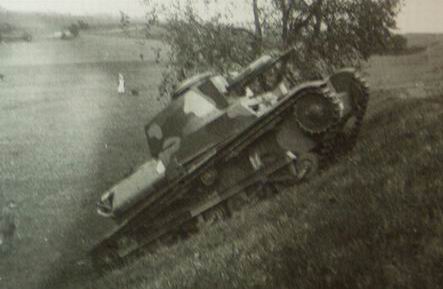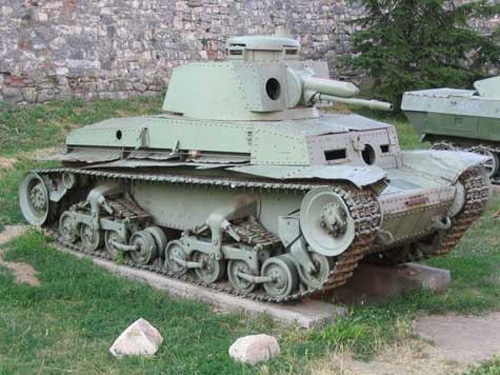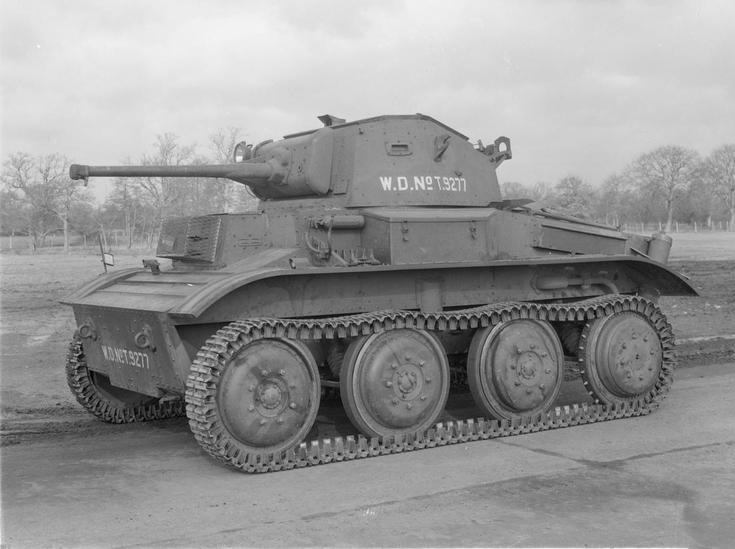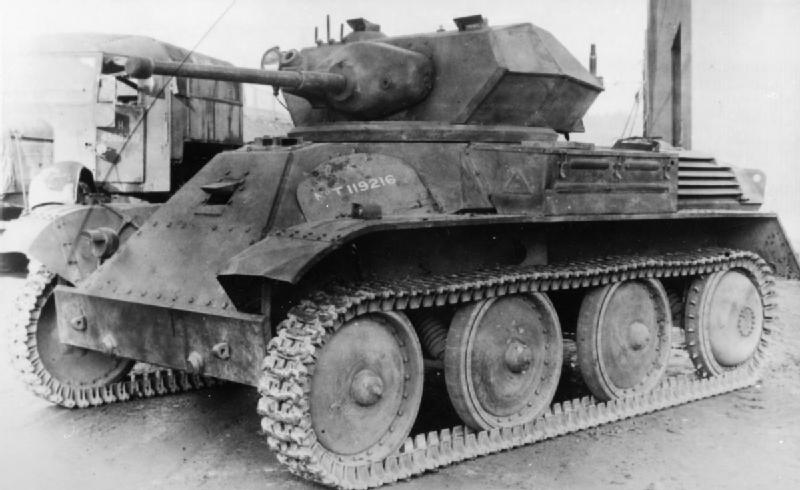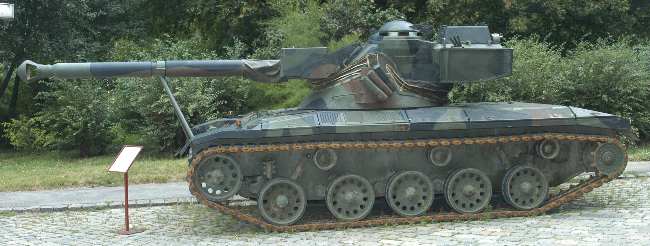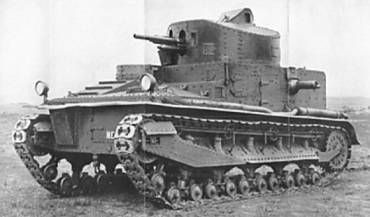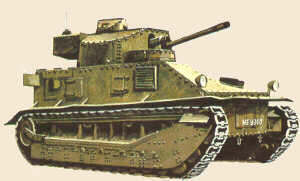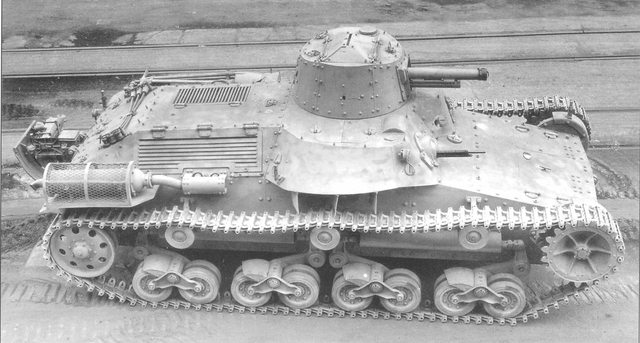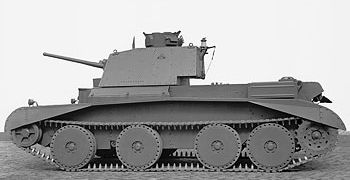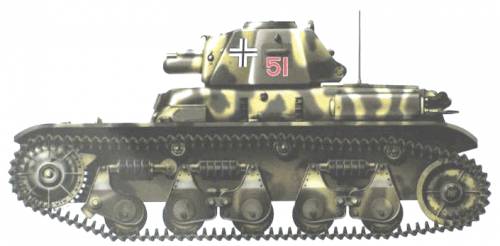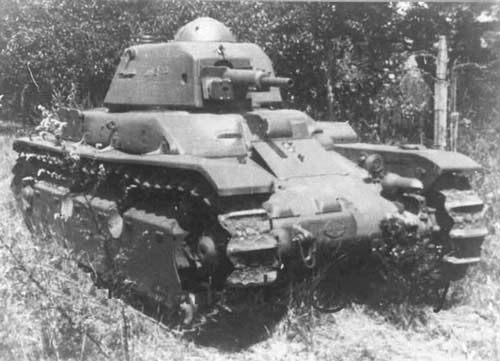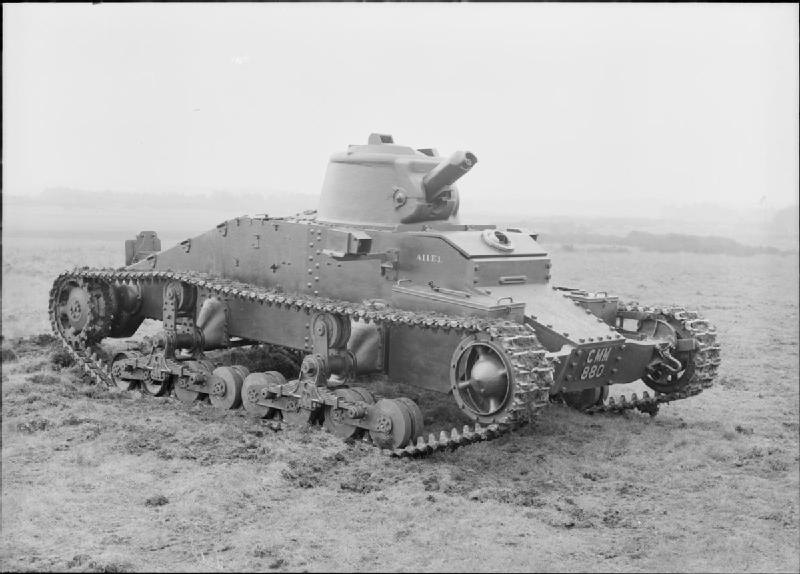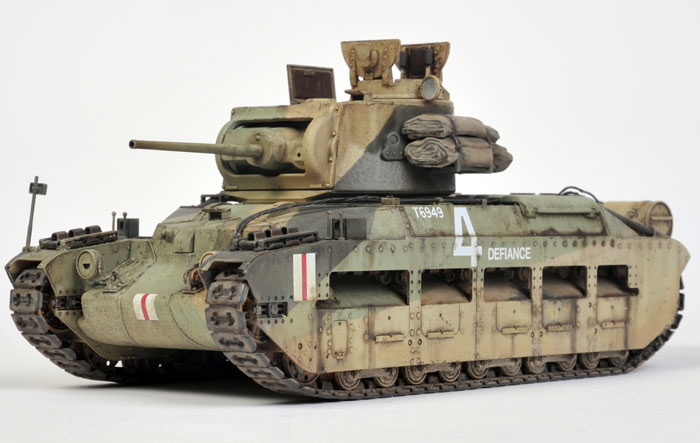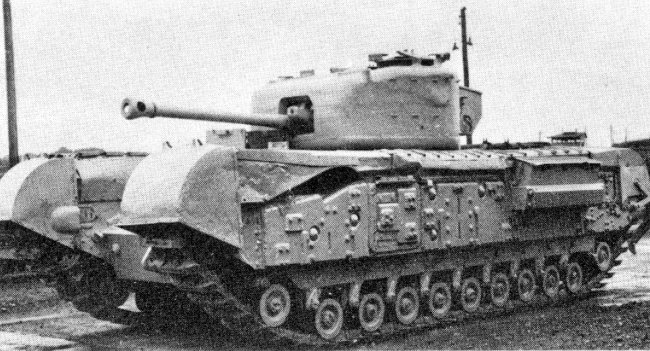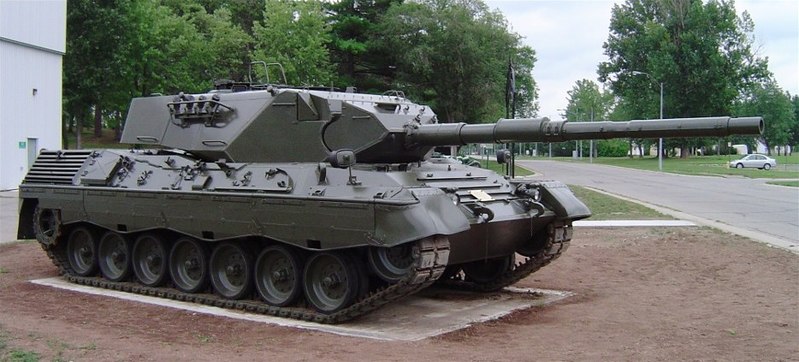Consortium of Manchukuo wrote:I rather liked the stat-block and thought it was impressive in detail and construction. My main problem was having to keep the page closed; otherwise I would have simply made a :not: Jaguar II. Which would of course, resulted in a quite combat effective tank, but at the same time would be an immoral copying and intellectual theft, not to mention not being good for me attempting to make a semi-decent independent national arsenal. I'll reduce it in length then too; there seems to be a consensus that a gun that long isn't useful, and has problems along the way. L/52 seems like a decent caliber instead, since I'm trying to make my nation French-like and that is what the Leclerc uses.
I borrowed the template from NSWiki and made a few changes (such as background color, and a few of the data fields), although I suspect the original was designed to resemble the data format on AFVDB. TBH, most of the stats I originally had ended up changing, some rather significantly, once I actually started drawing the tank, which also went through a number of serious revisions since it was basically the first ground vehicle I've linearted. I ended up increasing the road wheel diameter since I had additional space, and the hull and gun-forward length ended up shorter than originally spec'd, which was of course fine since it meant a slightly more compact tank.
Anyway, the easiest way to get feedback is to present the statblock first, since it's what people gravitate to naturally to get an at-a-glance rundown and look for any glaring flaws. If anything looks odd or unusual, then they'll take a gander at the longer description to see if there's a justification.

